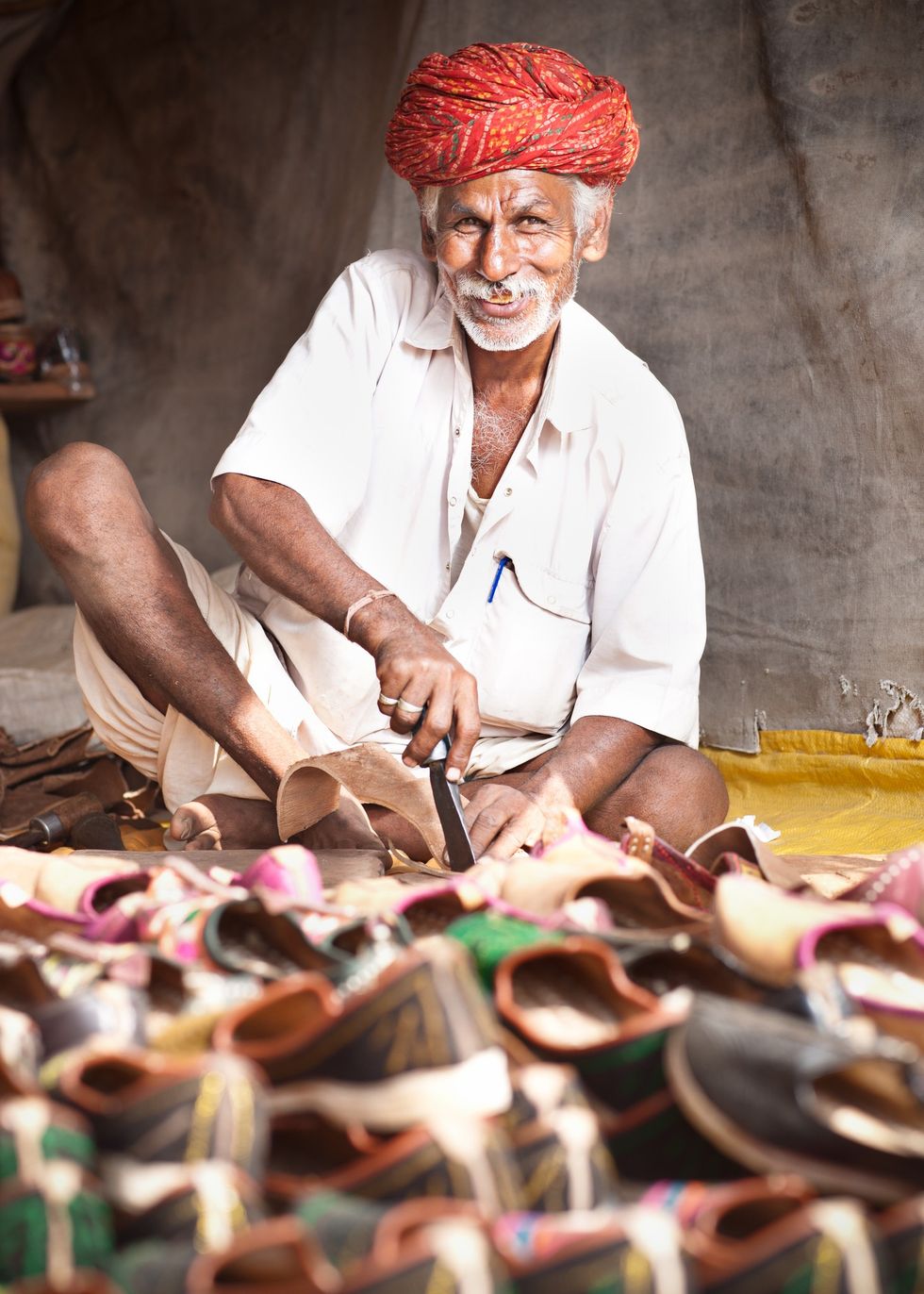RAINS SIGNAL TOURISM SEASON IN FLOODPLAIN CAMBODIAN VILLAGE
EACH monsoon, the soaring stilts that hold up the houses of Kampong Phluk prove their worth, as the dusty Cambodian village is transformed into a deep waterway.
The village, a short ride from the ancient Angkor ruins, is on the floodplain of southeast Asia’s largest freshwater lake, Tonle Sap.
The lake swells between the dry and wet seasons, expanding from an area of 2,500 square kilometres to several times that size at the height of the monsoon rains in September and October.
When Kampong Phluk floods, residents also change their pattern of life, clambering up sheer wooden staircases to the dry of their homes and moving around by boat.
After a lifetime of seasonal change in an otherwise sleepy village, 80-year-old Ta Nguon says he is excited to see the growing influx of tourists.
“For the last few years, tourists have flocked to our village to see these houses, mangroves and the sunset over the Tonle Sap,” he said, sitting on a bamboo platform under his house during a hot recent afternoon.
With the arrival of the rainy season, scores of boats wait to ferry tourists along a canal which cuts through the village to the main body of the Tonle Sap and its floating restaurants.
They bring good money to the 1,000 families of Kampong Phluk, offsetting the decline in the fish catch from Tonle Sap lake, which is fed by the heavily dammed Mekong River.
The Tonle Sap provides sustenance and survival for more than one million people, according to the Mekong River Commission.
For American tourist Elizabeth Wilson, the rhythm of lake life and the adaptation of its villagers is a marvel.
“It’s a great way to spend the afternoon or morning exploring, staying on the little boats, seeing the beautiful lake, it’s an amazing place,” she said. (AFP)





 Shefali Jariwala death raises concern over anti ageing drugs and self medication Instagram/shefalijariwala
Shefali Jariwala death raises concern over anti ageing drugs and self medication Instagram/shefalijariwala  Anti ageing pills found at Shefali Jariwala home spark health safety debate Instagram/shefalijariwala
Anti ageing pills found at Shefali Jariwala home spark health safety debate Instagram/shefalijariwala 








 Prada confirms Kolhapuri chappals inspired its 2026 Milan collectionInstagram/
Prada confirms Kolhapuri chappals inspired its 2026 Milan collectionInstagram/ Kolhapuri chappals have been crafted for centuries and received GI tag in 2019 iStock
Kolhapuri chappals have been crafted for centuries and received GI tag in 2019 iStock 
 Wintour also became synonymous with the Met GalaGetty Images
Wintour also became synonymous with the Met GalaGetty Images
